Bb11.7 Once again. The flag of Brazil has Spica above the central band - aloft so to say, which implies the central band must be below the line for 0º, because the declination of Spica is 10° 54′ S:
The Tail of the Hydra (Al Dhanab al Shuja, γ, 23° 10′ S) is at the opposite side of this band and the south pole star (Dramasa) is the tiny dot at bottom. In between is Mimosa in the Crux constellation. ... Take the lower part of a gourd or hula drum, rounded as a wheel (globe), on which several lines are to be marked and burned in, as described hereafter. These lines are called na alanui o na hoku hookele, the highways of the navigation stars, which stars are also called na hoku ai-aina, the stars which rule the land. Stars lying outside these three lines are called na hoku a ka lewa, foreign, strange, or outside stars. The first line is drawn from Hoku-paa, the fixed or North Star, to the most southerly star of Newe, the Southern Cross ... From Spica a line of sight should be drawn upwards to the Fox (80 Ursae Majoris) and evidently another line should be drawn downwards to Dramasa.
However, whereas the right ascension days for Fox and Spica are the same the right ascension night for Dramasa is not October 9 (282) but 118 (→ 4 * 29½) nights later. Clearly there is a gesture of upwards depicted in Gb2-1:
The Tail of the Hydra (γ → λ inverted → return to life) seems to here be represented by a kind of watery limb:
... During his descent the ancestor still possessed the quality of a water spirit, and his body, though preserving its human appearance, owing to its being that of a regenerated man, was equipped with four flexible limbs like serpents after the pattern of the arms of the Great Nummo [= Nommo, the 4th Dogon station as counted from zero at the satellite of Emma Ya, cfr F respectively D below].
The ground was rapidly approaching. The ancestor was still standing, his arms in front of him and the hammer and anvil hanging across his limbs. The shock of his final impact on the earth when he came to the end of the rainbow, scattered in a cloud of dust the animals, vegetables and men disposed on the steps. When calm was restored, the smith was still on the roof, standing erect facing towards the north, his tools still in the same position. But in the shock of landing the hammer and the anvil had broken his arms and legs at the level of elbows and knees, which he did not have before. He thus acquired the joints proper to the new human form, which was to spread over the earth and to devote itself to toil ...
The Ka Mate war dance (95 → *95 → Canopus → 217 - 95 = 122 → 2 * 61 → 261 → 9 * 29) generally opens with a set of 5 preparatory instructions:
... It was 4 August 1968, and it was the feast day of Saint Dominic, patron of Santo Domingo Pueblo, southwest of Santa Fe. At one end of the hot, dusty plaza, a Dominican priest watched nervously as several hundred dancers arranged in two long rows pounded the earth with their moccasined feet as a mighty, collective prayer for rain, accompanied by the powerful baritone singing of a chorus and the beat of drums. As my family and I viewed this, the largest and in some ways the most impressive Native American public ceremony, a tiny cloud over the Jémez Mountains to the northwest got larger and larger, eventually filling up the sky; at last the storm broke, and the sky was crisscrossed by lightning and the pueblo resounded with peals of rolling thunder ... These facts suggests a possible correspondence between the 5th instruction and Bb11-22:
The Hairy Man → the beard donned by the first female pharaoh in ancient Egypt (cfr Mayan Bolon). ... When this tremendous task had been accomplished Atea took a third husband, Fa'a-hotu, Make Fruitful. Then occurred a curious event. Whether Atea had wearied of bringing forth offspring we are not told, but certain it is that Atea and her husband Fa'a-hotu exchanged sexes. Then the [male] eyes of Atea glanced down at those of his wife Hotu and they begat Ru. It was this Ru who explored the whole earth and divided it into north, south, east, and west ... The upper part of the frontal side of the Head was free from hair. At the back (the other side te-ké) of the head there was hair everywhere. The bottom part of the frontal side of the head had the jaws:
Presumably this was why the Mayas pictured a bony ('dead') jaw for their number 10 head (Lahun) and also for the 6 heads corresponding to 'the teenages' - in contrast to 11 ('one more') and 12 ('two more'). ... As Cardea she ruled over the Celestial Hinge at the back of the North Wind around which, as Varro explains in his De Re Rustica, the mill-stone of the Universe revolves. This conception appears most plainly in the Norse Edda, where the giantesses Fenja and Menja, who turn the monstrous mill-stone Grotte in the cold polar night, stand for the White Goddess in her complementary moods of creation and destruction. Elsewhere in Norse mythology the Goddess is nine-fold: the nine giantesses who were joint-mothers of the hero Rig, alias Heimdall, the inventor of the Norse social system, similarly turned the cosmic mill. Janus was perhaps not originally double-headed: he may have borrowed this peculiarity from the Goddess herself who at the Carmentalia, the Carmenta Festival in early January, was addressed by her celebrants as 'Postvorta' and 'Antevorta' - 'she who looks both back and forward'. However, a Janus with long hair and wings appear on an early stater of Mellos, a Cretan colony at Cilicia. He is identified with the solar hero Talus, and a bull's head appears on the same coin. In similar coins of the late fifth century B.C. he holds an eight-rayed disc in his hand and has a spiral of immortality sprouting from his double head. Here at last I can complete my argument about Arianrhod's Castle and the 'whirling round without motion between three elements'. The sacred oak-king was killed at midsummer and translated to the Corona Borealis, presided over by the White Goddess, which was then just dipping over the Northern horizon. But from the song ascribed by Apollonius Rhodius to Orpheus, we know that the Queen of the Circling Universe, Eurynome, alias Cardea, was identical with Rhea of Crete; thus Rhea lived at the axle of the mill, whirling around without motion, as well as on the Galaxy. This suggests that in a later mythological tradition the sacred king went to serve her at the Mill, not in the Castle, for Samson after his blinding and enervation turned a mill in Delilah's prison-house ... ... 15. And he found a new jawbone of an ass, and put forth his hand and took it, and slew a thousand men therewith. 16. And Samson said, with the jawbone of an ass, heaps upon heaps, with the jaw of an ass have I slain a thousand men. 17. And it came to pass, when he had made an end of speaking, that he cast away the jawbone out of his hand, and called that place Ramathle´hi. 18. And he was sore athirst, and called on the Lord, and said, Thou hast given this great deliverance into the hand of thy servant: and now shall I die for thirst, and fall into the hand of the uncircumcised? 19. But God clave an hollow place that was in the jaw, and there came water thereout; and when he had drunk, his spirit came again, and he revived: wherefore he called the name thereof En-hak´ko-re, which is in Le´hi unto this day. 20. And he judged Israel in the days of the Philistines twenty years ...
19 - 1 - 6 = 13:
|
||||||||||||||||||||||||||||||||||||||||||||||||||||||||||||||||||||||||||||||||||||||||||||||||||||||||||




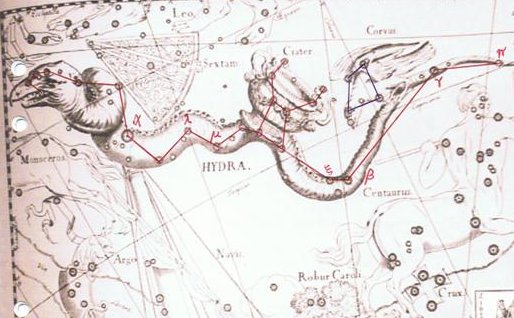
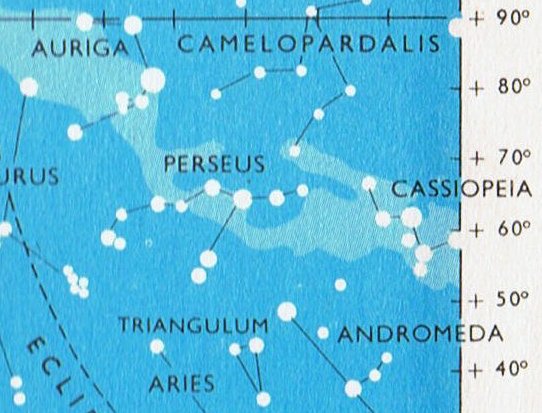



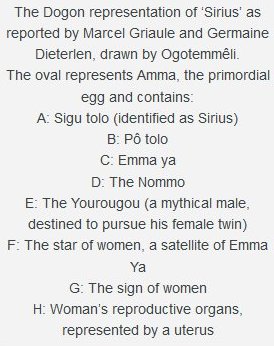




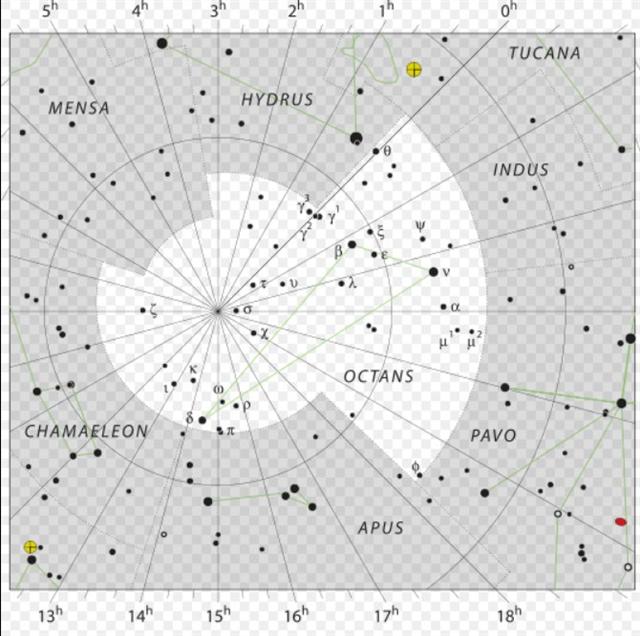
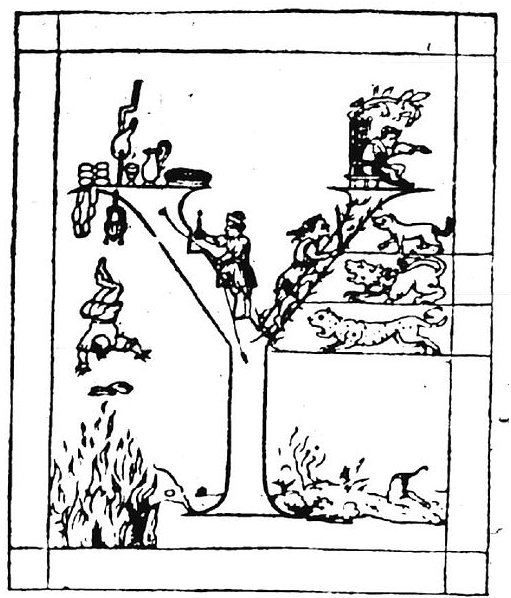
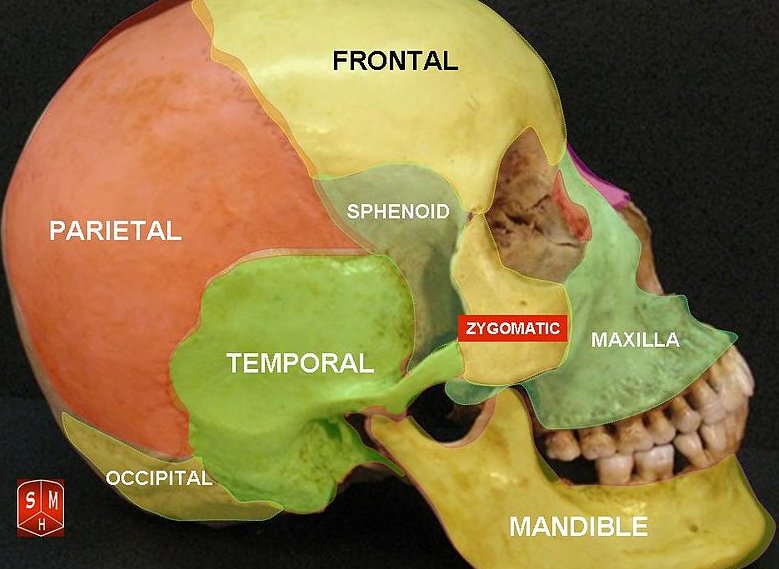

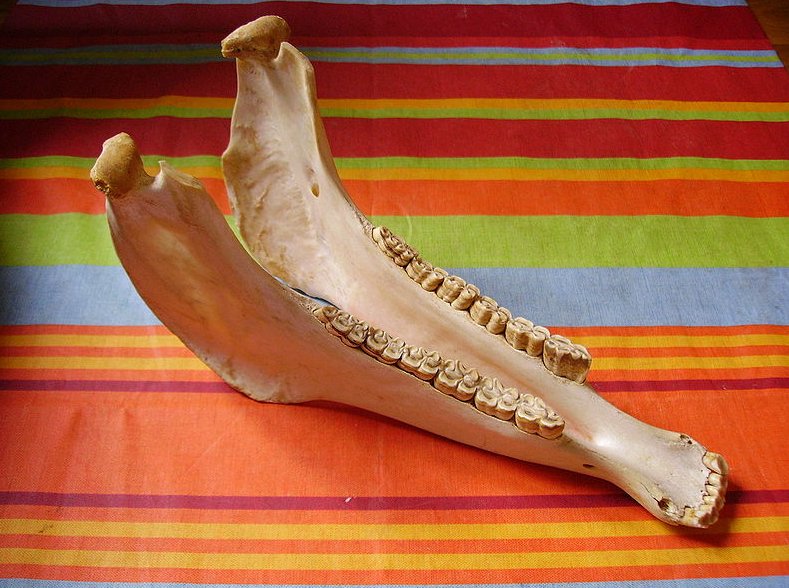
.jpg)